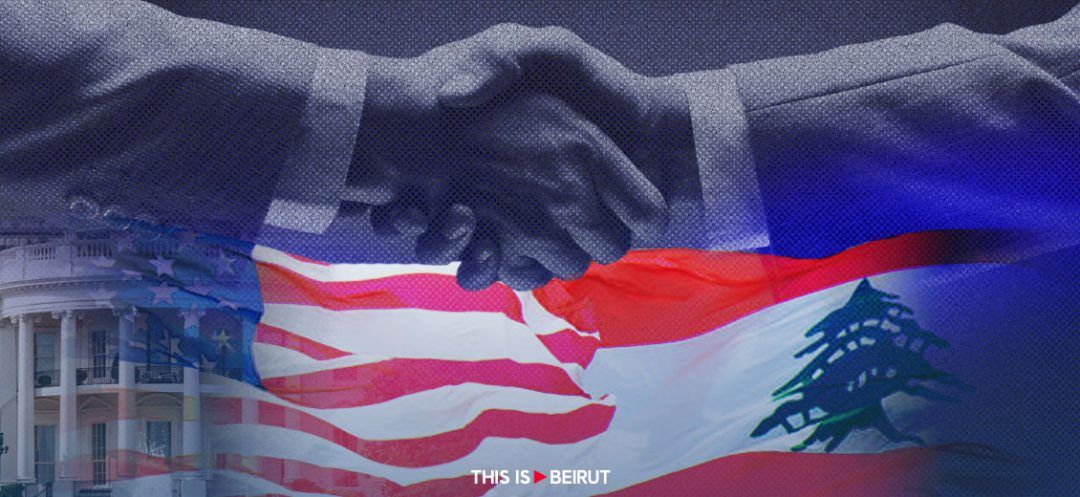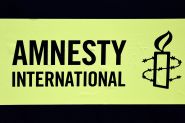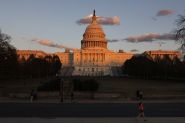- Home
- Middle East
- Learning from American Diplomacy toward Lebanon

As America and its allies grapple with the conflict in the Middle East, a study of history can help American policymakers learn from their predecessors' successes and failures. Because Lebanon is a microcosm of the Middle East, the past conduct of American diplomacy there offers a wealth of experience to help guide Washington through the current Middle East crisis.
In American Diplomacy toward Lebanon, I attempt a modest contribution toward this effort. The just-released book examines six case studies over the eighty-year history of American relations with an independent Lebanon. A pattern is revealed: pronounced oscillation between active engagement peaks and neglect valleys. From 1943-45 American diplomats worked mostly behind the scenes to ensure true self-determination and independence for the Lebanese, despite foot dragging by the French colonialists. In 1958, President Eisenhower sent 14,000 military personnel and one diplomat into the Lebanon theater in order to resolve a violent crisis pitting pro-Western elements against Arab nationalists supported by Egyptian president Gamal Abdul Nasser. American diplomacy, backed by our military strength and resolve, brought about political compromises among the Lebanese that enabled the country's fragile power-sharing formula to function again. The last Marines left peacefully after a three-month deployment.
In 1976, Syrian and Israeli leaders both identified the PLO in Lebanon as a common enemy, but the Israelis worried that the Syrians might exploit their armed intervention in Lebanon to menace Israel. Another American envoy was despatched and worked out unwritten "red lines" that kept Syrians far from Israel's northern border, preventing an Israeli attack. In 1982-84, America again sent in Marines, 1,400, to extricate Israel from the overreach of its invasion of Lebanon and siege of Beirut. The Israeli aim was to remove the PLO and Syrian armed presence there and elevate a Lebanese president amenable to normalization. The U.S. itself got pinned down as a victim and perceived protagonist in a conflict among Lebanese factions and regional states. The Marines left after the Hezbollah bombing of their barracks in 1983, leaving behind a vacuum.
In the 1990s, America abandoned Lebanon to Syria in a well-intended but sterile search for Israeli-Syrian peace. The idea was that if Syria made peace with Israel, then we would need Syrian military forces in Lebanon to disarm Hezbollah. In reality, Syria and Iran used that decade to reinforce their own influence in Lebanon, with their Hezbollah proxy evolving from a small, dangerous terrorist cell to the international menace, regional army, and power arbiter in Lebanon that it is today. Finally, in 2004 America and France joined forces with popular opinion in Lebanon to compel Syrian troops to withdraw from that country after the shocking assassination of former prime minister Rafic Hariri. However, the Cedar Revolution was eclipsed by the Israeli-Hezbollah war of 2006, a conflict brought to an end by the mediation of Secretary of State Condoleezza Rice. By 2008, Hezbollah arms, chronic cronyism, corruption, foreign meddlers, and gridlock between two visions, one oriented toward the West and the other toward Iran, prevailed in the failed state of Lebanon. The marked discontent among youth and rejection of all the sectarian leaders -- "All Means All" -- was no surprise but posed no real challenge to entrenched interests.
America is not to blame for Lebanon's ills, but the oscillations in US involvement weakened our friends and strengthened our foes. In most of these chapters, overly ambitious American policies and deployments crashed against the hard realities of Lebanon and the Middle East. Washington then would drop its efforts like a hot potato, only to reengage years later when the next crisis erupted. Yet, American leverage and influence had eroded during the periods of neglect. The obvious prescription is to avoid inflated expectations of what America can achieve but never abandon the playing field. Steady engagement should replace the peaks and valleys.
This phenomenon is playing out today. Decades of American initiatives to resolve the Israeli-Palestinian dispute based on a two-state outcome petered out in 2014. That was the last time America tried but failed yet again to bridge the gaps separating Israelis and Palestinians, despite considerable effort by the American president and secretary of state. During the next decade, Washington moved beyond the Palestinians, ultimately focusing on normalization between Israel and Arab states. With the current violence drawing resumed focus on Israeli-Palestinian differences, some policy-makers seem to believe that reforming Palestinian governance and negotiating a two-state outcome can just pick up where they were left off in 2014. Yet, during the subsequent decade of American neglect new realities emerged. Iran has a more central role as a protagonist and spoiler in the Levant. Public support among both Israelis and Palestinians for the hallowed principles of past American initiatives has evaporated. Confidence on both sides regarding the intentions of the other has cratered. Rather than revive failed initiatives, it is time for new ideas to deal with these new realities.
Moreover, in Lebanon we should stand firmly against regression. There are reports that American mediators are focused on replicating the 1996 ceasefire between Israel and Hezbollah as a model for restoring calm on the Israeli-Lebanese border today. That approach would be unconscionable. The 1996 ceasefire legitimized Hezbollah attacks on the IDF by establishing a monitoring group to assess which attacks exceeded certain "red lines" accepted by both sides. In contrast, UNSC Resolution 1701, adopted in 2006, ruled out violence and demanded Hezbollah's disarmament. While full enforcement of 1701 proved elusive, demanding anything less would be a major victory for Iran and its proxies.
Another lesson is that a strategy that focuses only on proxies, without addressing their patron -- Iran -- can never satisfactorily protect U.S. interests. The Middle East is one inter-connected campaign theater. Our friends and foes know it, yet America often shies away from dealing with that reality. The Reagan administration never retaliated after Hezbollah, the Iranian and Syrian proxy, killed 241 U.S. Marines in 1983. It should be no surprise that the Iranians then accelerated proxy attacks on American diplomatic and military facilities and the kidnapping of American officials and civilians off the streets of Beirut. Weakness and accommodation breed more violence; strength and deterrence bring peace. That is the primary lesson drawn from American diplomacy in Lebanon.
Read more





Comments